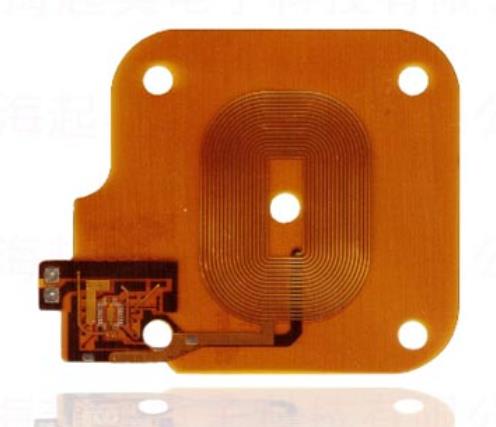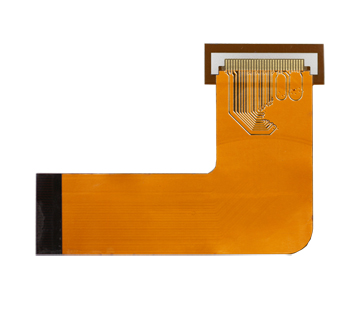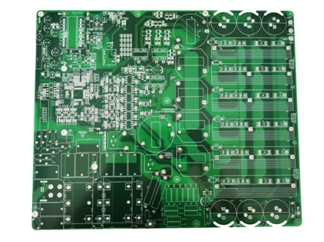
Introduction to Flexibility and Reliability of FPC FPC
PCB manufacturers, PCB designers and PCBA manufacturers will explain the flexibility and reliability of FPC FPCs
Flexible Printed Circuit Board (FPC) is referred to as "flexible board", commonly known as FPC in the industry. It is a flexible insulating substrate (mainly polyimide or polyester film) The printed circuit board has many advantages that the hard printed circuit board does not have. For example, it can bend, wind and fold freely. The volume of electronic products can be greatly reduced by using FPC, which is suitable for the development of electronic products in the direction of high density, miniaturization and high reliability. Therefore, FPC has been widely used in aerospace, military, mobile communications, laptops, computer peripherals, PDAs, digital cameras and other fields or products.
At present, there are four kinds of FPC: single-sided, double-sided, multi-layer flexible board and rigid flexible board.
The single side flexible board in the soft and hard combination board factory is the printed board with the lowest cost and low electrical performance requirements. In case of single-sided wiring, single-sided flexible board shall be selected. The utility model has a layer of chemically etched conductive patterns, and the conductive pattern layer on the flexible insulating substrate is a calendered copper foil. The insulating substrate can be polyimide, polyethylene terephthalate, aramid fiber ester and polyvinyl chloride.

The double-sided flexible board of the soft and hard combination board factory is a conductive pattern made of a layer of etching on both sides of the insulating base film. The metallized hole connects the figures on both sides of the insulating material to form a conductive path to meet the design and use functions of flexibility. The covering film can protect the single and double sided wires and indicate the location of the components.
Multilayer flexible board is to laminate three or more layers of single-sided or double-sided flexible circuits together, form metallized holes through drilling and electroplating, and form conductive paths between different layers. In this way, complex welding processes are not required. Multilayer circuits have huge functional differences in terms of higher reliability, better thermal conductivity and more convenient assembly performance. When designing the layout, the interaction of assembly size, number of layers and flexibility should be considered.
④ The traditional rigid flexible plate is composed of rigid and flexible base plates selectively pressed together. The structure is compact and conductive connection is formed by metallized holes. If a printed circuit board has both front and back components, rigid flexible board is a good choice. However, if all the components are on one side, it will be more economical to choose double-sided flexible board and laminate a layer of FR4 reinforcement material on its back.
⑤ The flexible circuit with hybrid structure is a multilayer board, and the conductive layer is composed of different metals. An 8-layer board uses FR-4 as the medium of the inner layer and polyimide as the medium of the outer layer. Leads stretch out from three different directions of the main board. Each lead is made of different metals. Constantan alloy, copper and gold are used as independent leads. This kind of hybrid structure is mostly used in the case of the relationship between electrical signal conversion and heat conversion and the harsh low temperature of electrical performance, which is the only feasible solution.
The soft and hard combination board factory can evaluate the convenience and total cost of the internal connection design to achieve the best performance price ratio. The circuit board manufacturer, circuit board designer and PCBA processor will explain the flexibility and reliability of FPC FPC.






